Understanding Sliding Partition Walls
What is a Sliding Partition Wall?
A sliding partition wall is a versatile architectural solution designed to divide spaces in a flexible and functional way. Unlike traditional fixed walls, a sliding partition can be opened or closed as needed, allowing for a dynamic alteration of space. This feature is particularly beneficial in environments where space is at a premium, such as residential apartments, office spaces, and commercial venues. These partitions can be constructed from various materials, including wood, glass, metal, or composite materials, and can come in various designs to complement a wide range of aesthetics.
Benefits of Using Sliding Partition Walls
Choosing sliding partition walls comes with several advantages that make them a practical choice for many environments. Here are some key benefits:
- Space Optimization: Sliding partitions allow for maximum utilization of available space, enabling rooms to transform instantly from open layouts to more intimate settings.
- Flexibility: They provide the ability to reconfigure spaces quickly, accommodating varying needs and activities without the need for permanent alterations.
- Cost-Effectiveness: Compared to traditional construction, installing sliding partitions is generally more affordable, as it often requires less material and labor.
- Enhanced Aesthetics: Available in multiple designs and finishes, sliding partition walls can accentuate the visual appeal of a space, adding an element of modernity and sophistication.
- Improved Acoustics and Privacy: Many sliding partitions offer soundproofing capabilities, making them ideal for environments that require privacy, such as offices and healthcare facilities.
Common Uses Across Various Industries
Sliding partition walls are used across different industries for various applications, including:
- Residential: In homes, sliding partitions can create separate areas for study, entertainment, or guest accommodations, enhancing usability without permanent changes.
- Office Spaces: Sliding walls support collaborative environments by allowing for quick reconfigurations of meeting rooms and workspaces, catering to different team sizes.
- Hospitality: Hotels often use sliding partitions to create private dining spaces or adaptable event areas that can be rearranged according to guest needs.
- Healthcare: Hospitals and clinics benefit from sliding partitions that can quickly modify patient rooms or create consultation areas, ensuring both privacy and flexibility in care delivery.
- Educational Facilities: Schools and universities implement sliding walls to transform classrooms into versatile learning spaces that can accommodate different teaching methods and group sizes.
Choosing the Right Sliding Partition Wall
Factors to Consider When Selecting Materials
When deciding on a sliding partition wall, the choice of material significantly impacts performance, aesthetics, and longevity. Key factors to evaluate include:
- Durability: The material should withstand regular use without deteriorating. Wood and metal are commonly chosen for their robustness, while glass provides a contemporary flair.
- Weight: Heavier materials may require more robust tracking systems, increasing installation complexity and costs.
- Maintenance: Consider the upkeep associated with the material selected; for example, glass may require more frequent cleaning than wood.
- Sound Insulation: Depending on the environment, the acoustical performance of the material might be crucial. For quiet areas, consider thicker materials or dedicated acoustic partitions.
- Finish: The finish of the material can affect the overall interior design theme. Choose colors and textures that harmonize well with your existing décor.
Design Options for Your Sliding Partition Wall
The design of sliding partition walls can range widely based on functional needs and aesthetic goals. Here are some popular design concepts:
- Glass Partitions: Perfect for modern interior designs, glass sliding partitions offer transparency and light, making spaces feel larger and more open. Options include frosted or tinted glass for additional privacy.
- Wooden Panels: Rustic wooden partitions can introduce warmth and texture to a space, providing a more traditional or cozy ambiance.
- Fabric Sliding Walls: Great for softening sound and adding color, fabric can be used in residential spaces for a homely touch or in offices for a more casual environment.
- Modular Systems: Modular designs allow for a customized configuration where panels can be easily rearranged or replaced as needed.
- Bi-fold or Multi-fold Options: These systems allow for more extensive openings when required while still providing the flexibility to close off areas.
Installing a Sliding Partition Wall: DIY vs Professional
When considering the installation of a sliding partition wall, the decision between Do-It-Yourself (DIY) and hiring a professional depends on several factors:
- Skill Level: If you possess the necessary carpentry and installation skills, a DIY approach can be rewarding and cost-effective. However, for those unsure, professional installation ensures precision and safety.
- Time Constraints: Professionals can typically complete installations faster due to experience and access to tools. If time is a critical factor, hiring someone may be preferable.
- Complexity of Design: Custom or intricate sliding walls may require a professional’s expertise, especially for ensuring proper alignment and function.
- Budget: Assess the overall budget. While DIY can save on labor costs, potential mistakes may lead to expensive corrections in the long run.
Enhancing Functionality with Sliding Partition Walls
Sound Control and Privacy Solutions
Creating a soundproof environment is essential in various setups, particularly in offices, hospitals, and residential areas. Sliding partitions can be engineered with sound-insulating materials to mitigate noise transfer. Here are strategies for enhancing sound control:
- Thicker Materials: Opting for heavier and denser materials helps block sound waves more effectively.
- Sealing Edges: Proper sealing at the edges of the partition can prevent sound leakage between rooms.
- Acoustic Panels: Adding acoustic panels to the surface of sliding partitions can enhance sound absorption.
- Dual-Layer Designs: Using a dual-layer approach where two materials are used can significantly improve sound isolation.
Flexibility for Multi-purpose Spaces
Sliding partition walls are particularly advantageous for spaces that serve multiple functions. For example, conference rooms can transform from large gathering areas into smaller, private meeting spots by smoothly sliding panels. Here are practical applications:
- Event Venues: Divide large halls into several smaller rooms for breakout sessions or simultaneous events.
- Residential Uses: In open-plan homes, use sliding partitions to separate a living room from a dining area or to create a temporary guest bedroom.
- Classrooms: Schools can utilize sliding partitions to create flexible learning environments that adapt to group sizes or teaching methods.
- Retail Spaces: Shops can adjust their layouts based on customer flow and seasonal offerings through sliding partitions.
How to Integrate Technology with Sliding Partition Walls
Integrating technology with sliding partition walls enhances functionality and user experience. Here are modern solutions:
- Smart Home Integration: Utilize automated systems that allow sliding partitions to open or close with a simple voice command or smartphone app.
- Integrated Lighting: Install LED lights within or around the partition to create ambiance or highlight transitions.
- Acoustic Management: Use electronically controlled acoustic barriers within partitions that can be adjusted according to noise levels or privacy needs.
- Projection Capabilities: Wall surfaces can be designed to function as projection screens for presentations or entertainment, enhancing the utility of the partition.
Maintenance and Care for Sliding Partition Walls
Routine Maintenance Tips
Maintaining sliding partition walls is crucial for ensuring functionality and longevity. Consider the following tips:
- Regular Cleaning: Dust and clean the surface periodically; depending on the material, specific cleaners and methods may be recommended.
- Inspect Hardware: Check the tracks and rollers regularly for wear and tear, and lubricate them if necessary to ensure smooth operation.
- Monitor for Damage: Keep an eye out for any cracks or deformities in the wall surface or structure, addressing issues before they escalate.
- Adjustments: The wall may require periodic adjustments to maintain alignment and function smoothly.
Common Issues and Solutions
Despite their advantages, sliding partition walls can encounter issues that may affect their performance. Here are some common problems and potential solutions:
- Difficulty in Movement: If the wall does not slide smoothly, check for obstructions in the track. Regular cleaning and lubrication can alleviate this issue.
- Noise during Operation: Squeaking or grinding sounds may indicate a need for lubrication or alignment adjustments. Ensure hardware is inspected frequently.
- Wear on the Track: If the track shows signs of wear, it is crucial to replace it promptly to avoid damaging the wall or making moving it difficult.
- Insufficient Insulation: If sound enters through the partition, consider adding sound-insulating materials or acoustic panels to enhance soundproofing.
Upgrading Your Sliding Partition Wall
Upgrading your sliding partition wall can enhance its functionality and appearance. Consider these options:
- Changing the Material: If your partition requires an aesthetic refresh or improved functionality, consider replacing it with a different material or design.
- Adding Technology: Upgrade to include smart technology for increased automation or sound control features.
- Customizations: Depending on needs, modify the partition with additional features like integrated shelving or lighting.
- Professional Retrofitting: Consult with professionals to retrofit existing walls with updated systems or materials.
Conclusion: The Future of Sliding Partition Walls
Market Trends and Innovations
As the demand for flexible workspaces and multi-functional living areas increases, the sliding partition wall market is evolving. Innovative designs, materials, and technology are shaping its future. Here’s what to look for:
- Increased Demand for Customizability: Customers are leaning towards personalized solutions that reflect individual aesthetics and enhance functionality.
- Eco-friendly Materials: Sustainability is becoming central to design choices, with an increasing number of manufacturers utilizing environmentally friendly materials.
- Smart Solutions: Automation and connectivity will likely become standard features, as smart home technology continues to integrate into everyday designs.
- Focus on Health and Well-being: There is a growing trend towards designs that promote mental well-being, emphasizing the importance of natural light and sound management.
Environmental Considerations
With a heightened awareness about environmental sustainability, the production and use of sliding partition walls are also evolving. Innovative manufacturing processes and materials are being researched and implemented to reduce carbon footprints while enhancing durability.
- Recyclable Materials: As more builders opt for sliding partitions, recyclability and material sourcing are becoming significant factors in the decision-making process.
- Energy-Efficient Features: Some manufacturers are designing barriers that not only divide space but also contribute to energy efficiency through materials that assist in temperature control.
Final Thoughts on Implementing Sliding Partition Walls
Sliding partition walls offer unmatched versatility and functionality for various spaces. Their ability to adapt to changing needs makes them a preferred choice across numerous sectors. Whether for residential, commercial, or industrial applications, investing in a quality sliding partition wall yields a functional and aesthetic benefit. By understanding the types of materials, installation considerations, and maintenance practices, stakeholders can make informed decisions that enhance their environments while accommodating the ever-evolving requirements of modern living and working spaces.
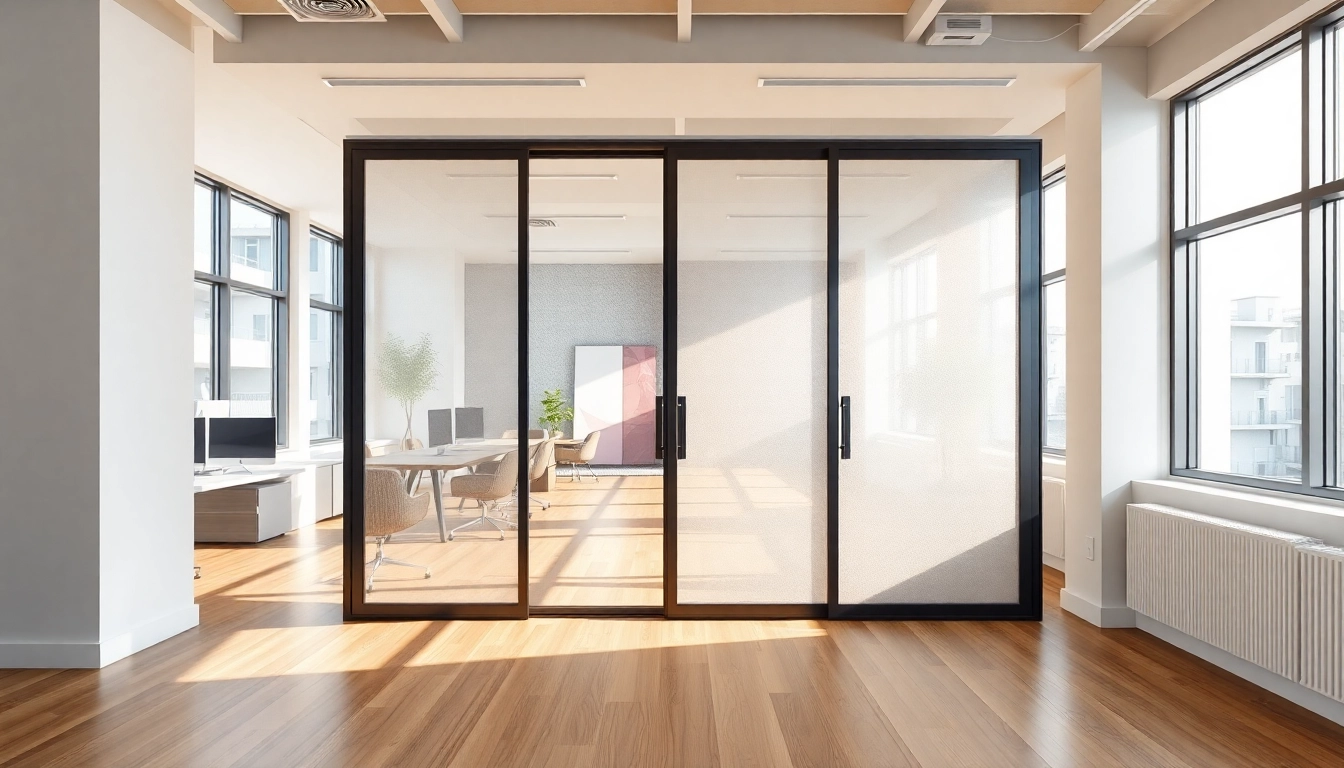
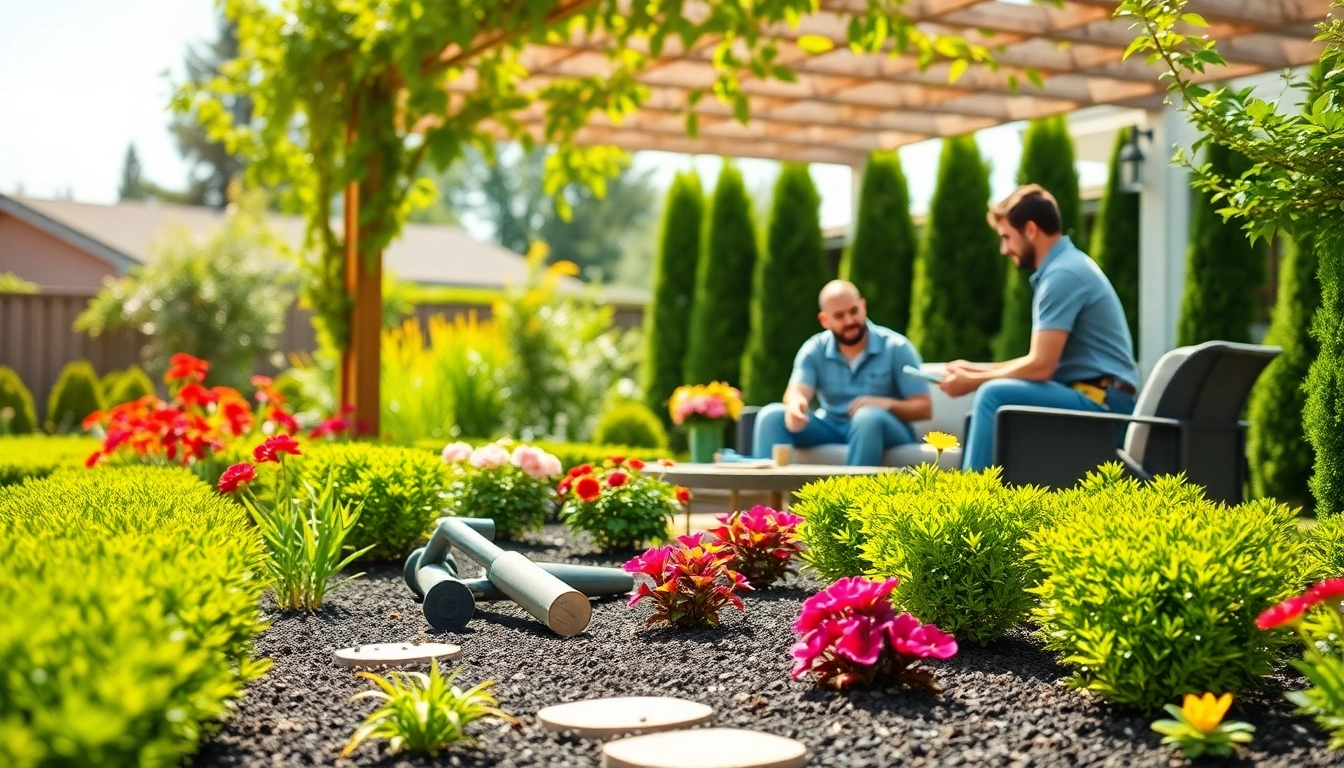
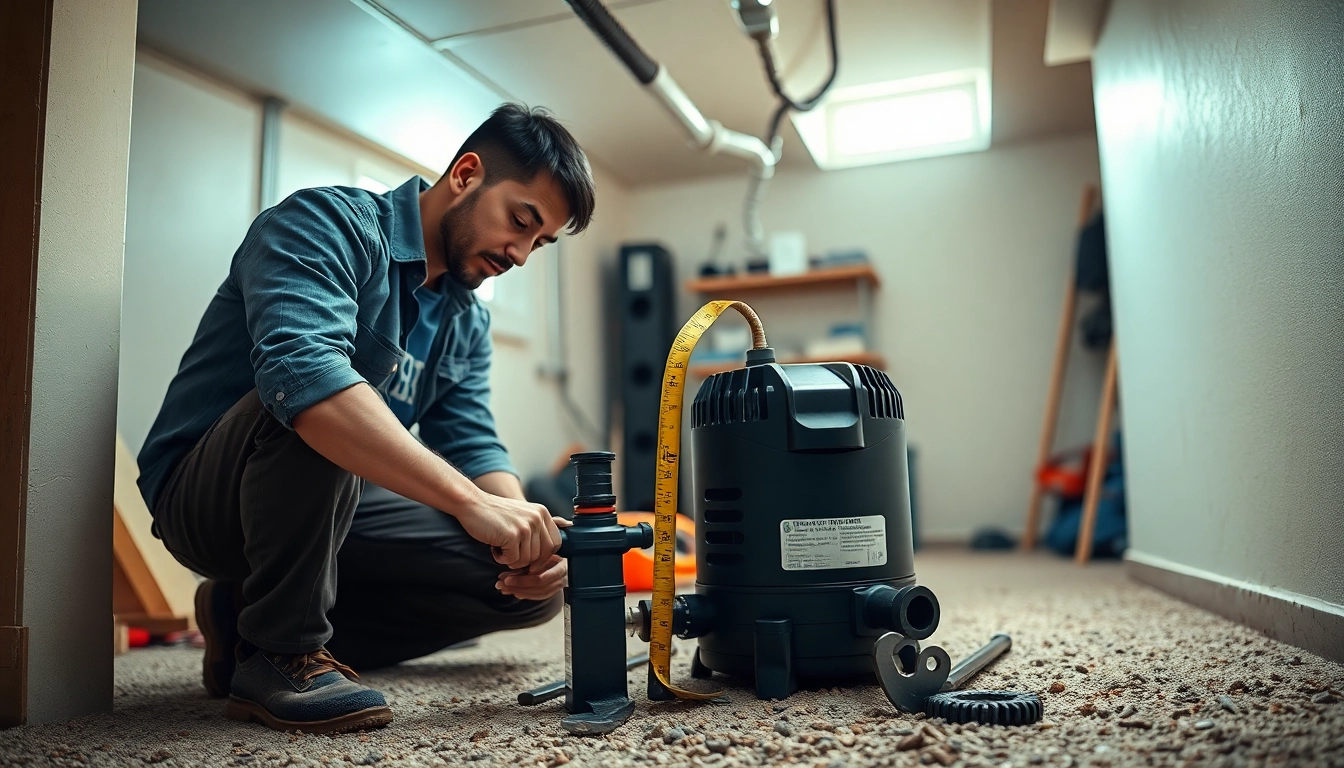
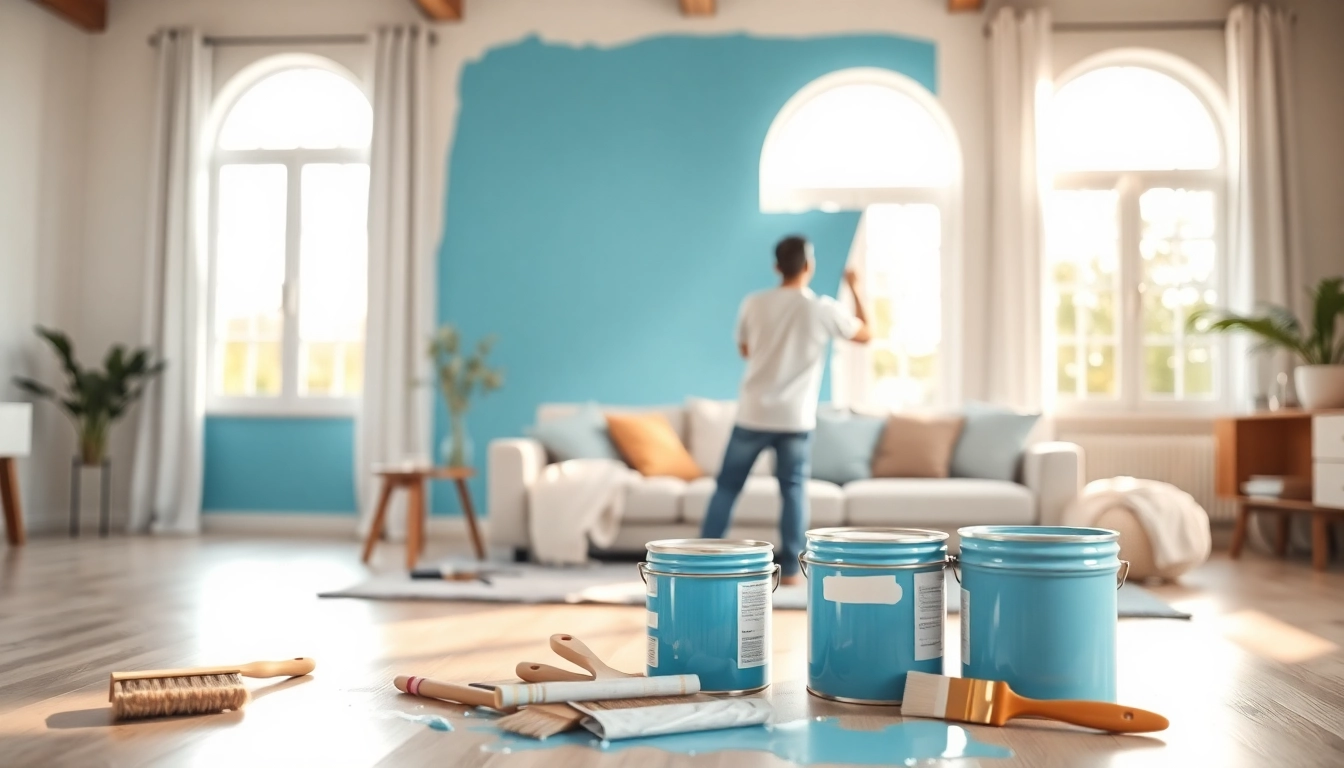
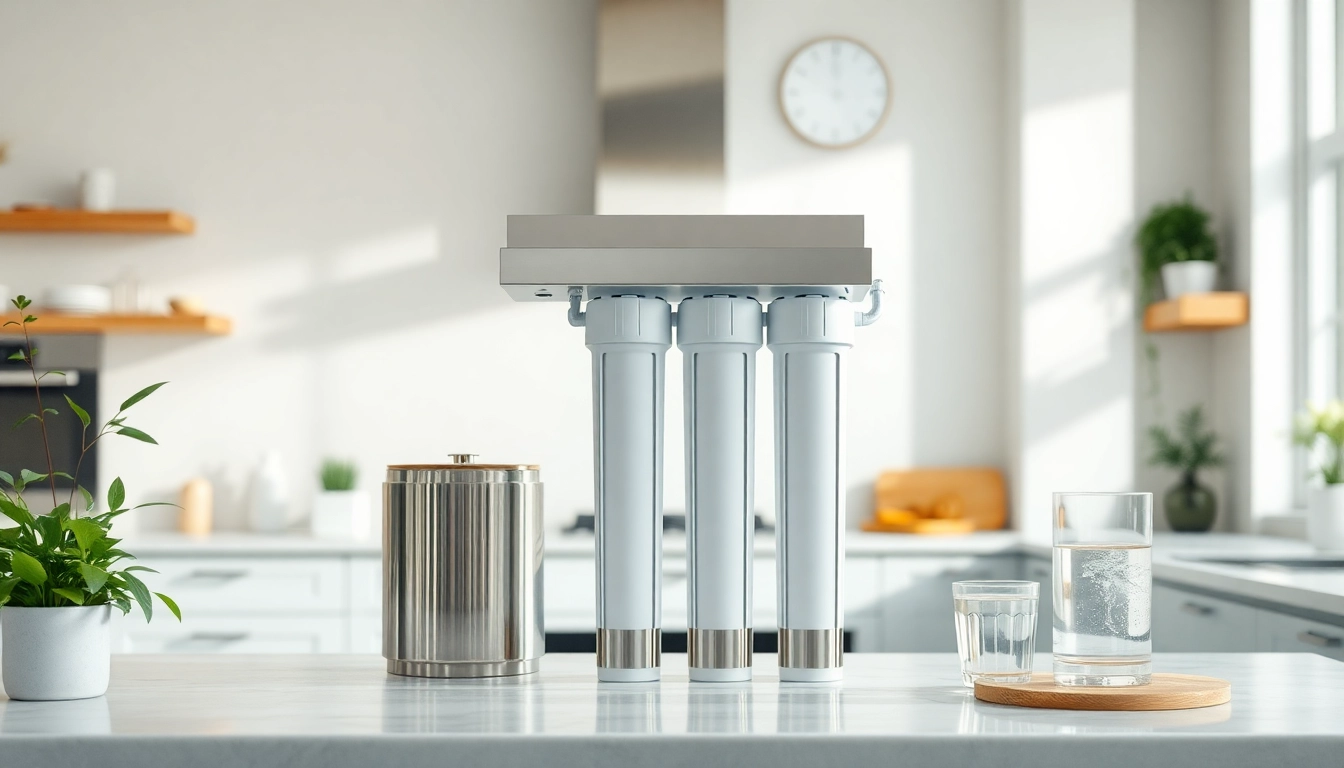


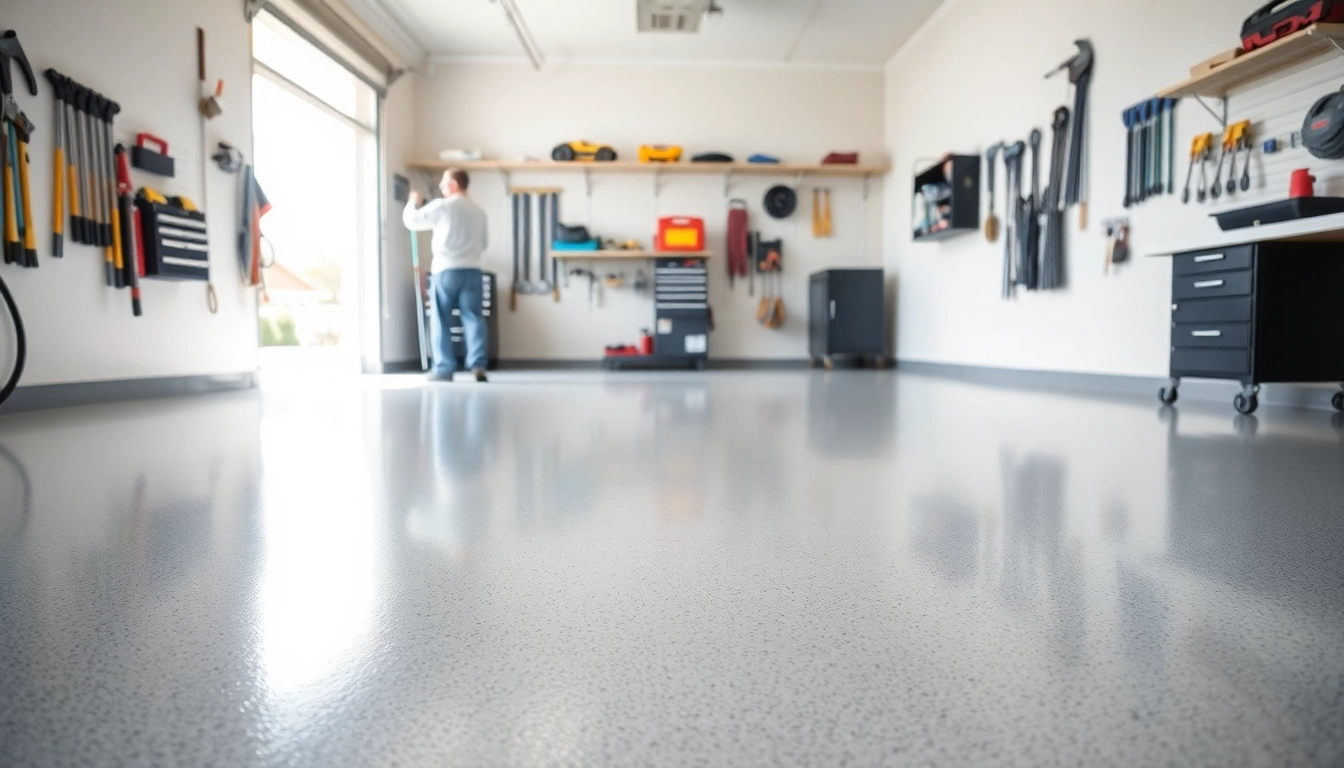
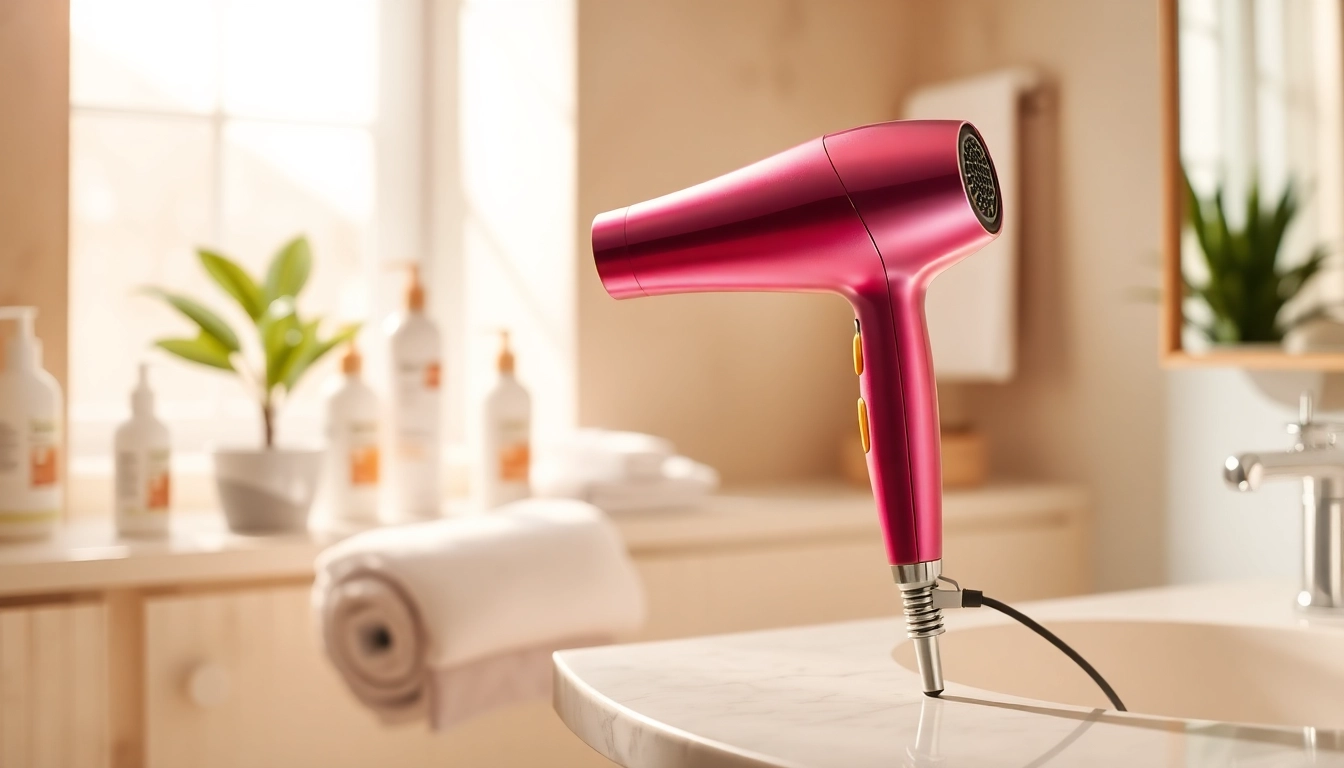
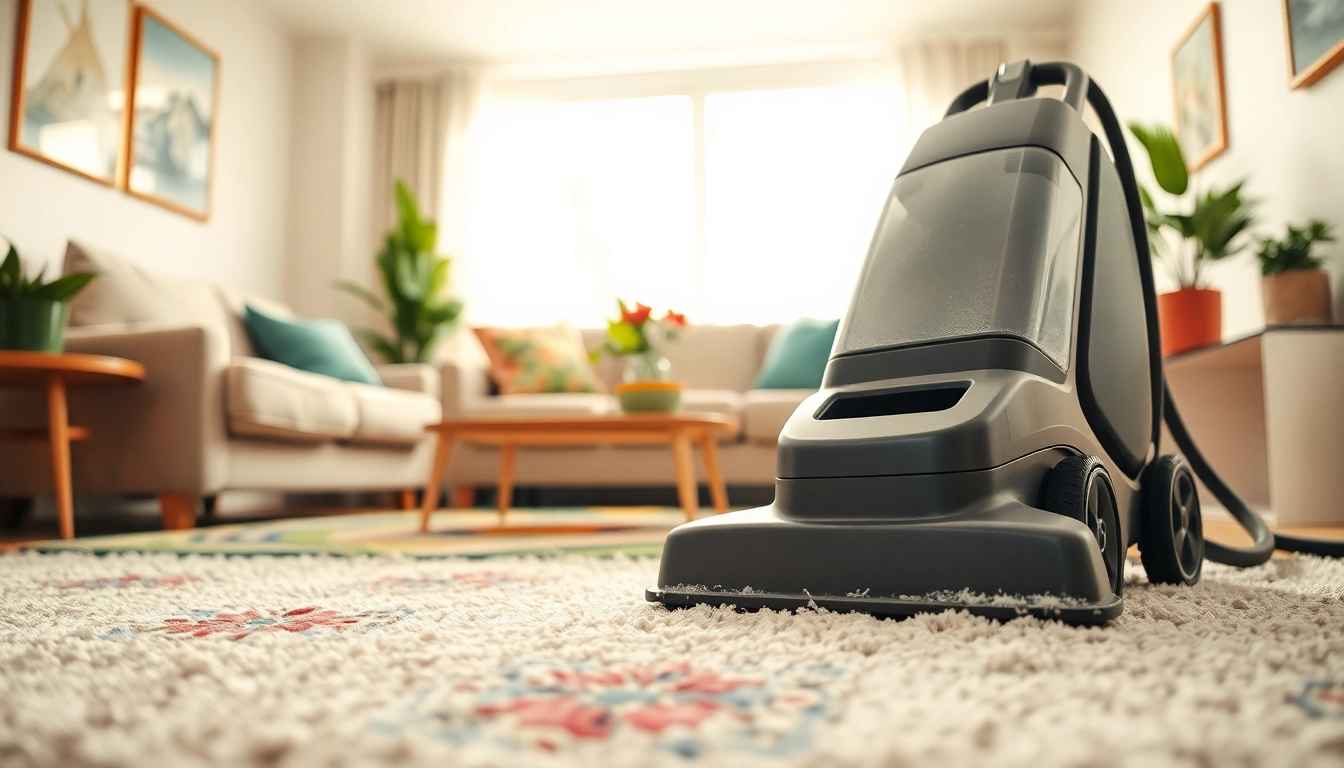
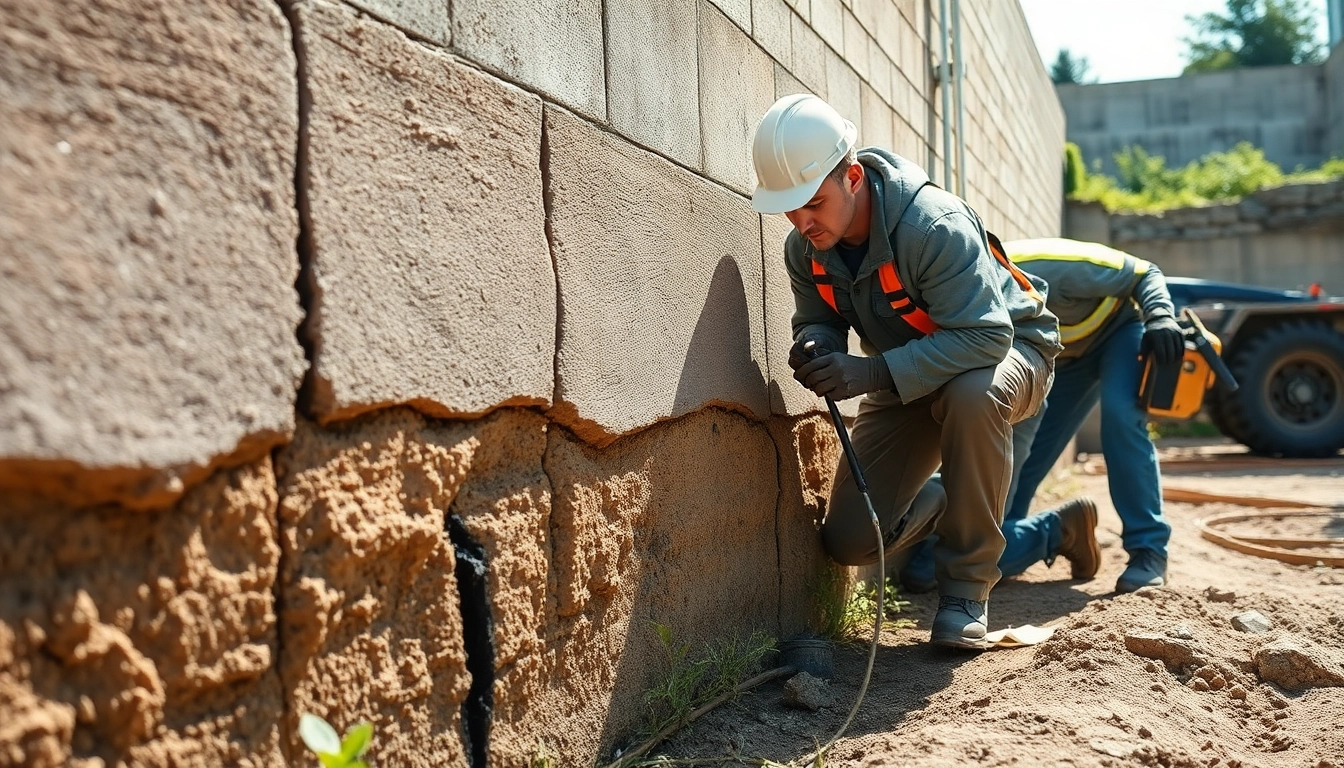


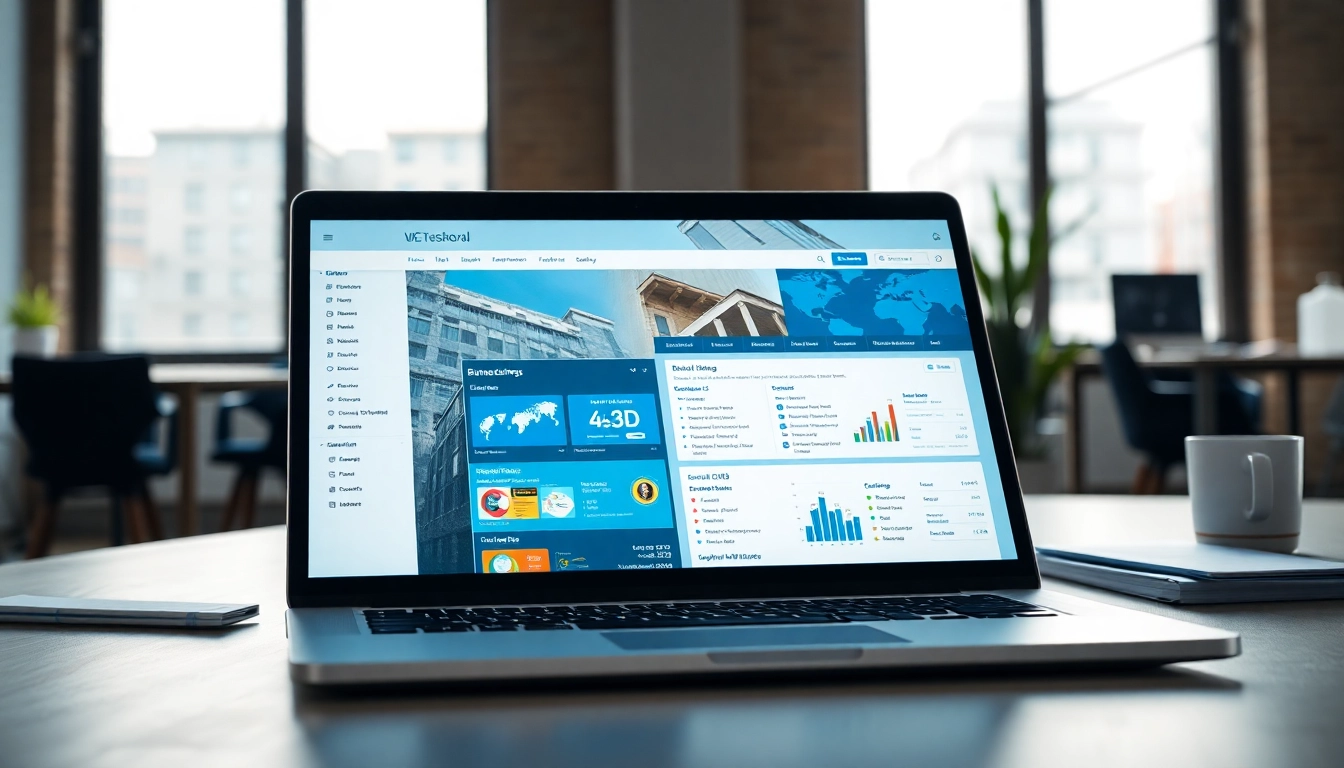

Leave a Reply